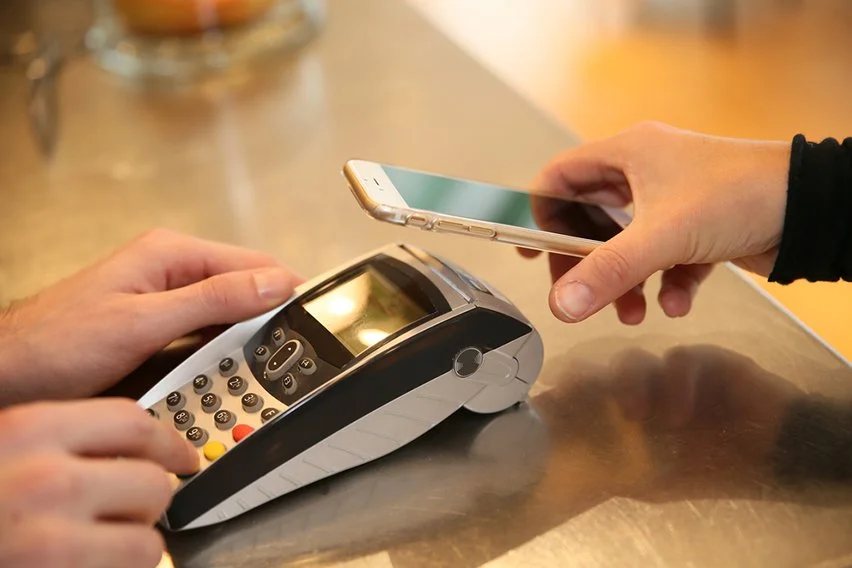In today’s digital era, e-payment solutions have become an integral part of our daily lives. From online shopping to mobile banking, the convenience and speed offered by electronic payments have revolutionized the way we transact. At the heart of these seamless transactions lies an essential component: payment processing. In this article, we will explore the significance of payment processing in the e-payment industry and how it facilitates secure and efficient transactions for both businesses and consumers.

Understanding Payment Processing:
Payment processing refers to the complex system that enables the authorization, verification, and settlement of electronic transactions. It involves a series of steps that occur behind the scenes when a customer initiates a payment. These steps include:
Authorization: When a customer makes a purchase, the payment processor communicates with the customer’s issuing bank or card network to verify the availability of funds and authenticate the transaction. This step ensures that the customer has sufficient funds or credit limit to complete the purchase.
Verification: Once the authorization is obtained, the payment processor verifies the customer’s payment details, such as cardholder information, billing address, and security code. This verification process helps prevent fraudulent transactions and protects both the customer and the merchant.
Settlement: After the transaction is authorized and verified, the payment processor initiates the settlement process. Funds are transferred from the customer’s account to the merchant’s account, ensuring timely and accurate payment. Settlement can occur in real-time or batched at specific intervals, depending on the payment system and business requirements.
Benefits of Efficient Payment Processing:
Enhanced Customer Experience: Streamlined payment processing ensures a seamless and hassle-free customer experience. By minimizing transaction delays and providing secure payment options, businesses can improve customer satisfaction and loyalty.
Increased Sales and Conversion Rates: A smooth payment process can significantly impact sales and conversion rates. Customers are more likely to complete a purchase if they encounter minimal friction during the payment process. Payment processors that offer a variety of payment methods, such as credit cards, digital wallets, and alternative payment options, cater to diverse customer preferences, leading to increased sales opportunities.
Mitigation of Fraud Risks: Payment processors play a crucial role in detecting and preventing fraudulent transactions. Robust security measures, such as encryption, tokenization, and fraud detection systems, help protect sensitive customer data and minimize the risk of fraudulent activities. By implementing advanced security measures, businesses can instill trust and confidence in their customers.
Operational Efficiency: Efficient payment processing systems automate tedious manual tasks, such as data entry, reconciliation, and reporting. This automation streamlines business operations, reduces administrative overheads, and allows organizations to focus on core activities, such as customer service and strategic growth.
Global Reach: In the age of globalization, businesses are increasingly operating on a global scale. Payment processors enable businesses to accept payments in multiple currencies and facilitate cross-border transactions. This expands market reach, attracts international customers, and promotes business growth.
Payment processing is a vital component of the e-payment industry, enabling secure, swift, and convenient transactions. By leveraging advanced technologies, robust security measures, and seamless integrations, payment processors empower businesses to offer frictionless payment experiences to their customers. As the digital economy continues to evolve, payment processing will remain at the forefront, driving innovation and transforming the way we transact in the online world. Embracing efficient payment processing solutions is essential for businesses to thrive in the dynamic landscape of e-payments and meet the growing expectations of tech-savvy consumers.






